The ocean never sleeps, but its inhabitants must. Marine animals have evolved fascinating adaptations that allow them to rest while still maintaining the critical functions needed for survival underwater. Unlike humans who can simply lie down and disconnect from consciousness, marine creatures face a unique challenge: they must continue to breathe while sleeping in an environment that could kill them if they lose awareness completely. From dolphins that shut down half their brain at a time to sharks that must keep swimming even while asleep, the underwater world has developed remarkable solutions to this fundamental biological need. This article explores the diverse and ingenious ways marine animals have solved the seemingly impossible problem of sleeping without drowning.
The Fundamental Challenge: Breathing While Unconscious

For land mammals, breathing during sleep is largely an unconscious, automatic process. Our diaphragm continues to function even as we slumber. However, most marine mammals are voluntary breathers, meaning they must consciously decide to take each breath. This creates an apparent paradox: how can an animal consciously breathe if it’s unconscious during sleep? Additionally, unlike humans who breathe through their noses or mouths, many marine mammals breathe through blowholes on the tops of their heads, which must be above water for inhalation. This fundamental challenge has driven the evolution of unique sleeping adaptations across different marine species, each developing strategies tailored to their particular physiology and environment.
Unihemispheric Slow-Wave Sleep: Half-Brain Slumber

Perhaps the most remarkable sleep adaptation in marine mammals is unihemispheric slow-wave sleep (USWS). In this extraordinary state, only one hemisphere of the brain sleeps at a time while the other remains alert. Dolphins, whales, and porpoises all utilize this adaptation. When employing USWS, the eye opposite to the sleeping hemisphere typically closes, while the eye connected to the awake hemisphere remains open and vigilant. This allows these animals to continue swimming, maintain awareness of their surroundings, regulate their breathing, and surface for air as needed—all while still getting vital rest. Scientists have discovered that these animals typically alternate which hemisphere sleeps, ensuring that both sides of the brain receive adequate rest over time. This adaptation serves multiple purposes: it allows continued breathing, enables predator vigilance, and helps maintain body temperature in cold waters.
Dolphin Sleep Patterns: Conscious Breathers
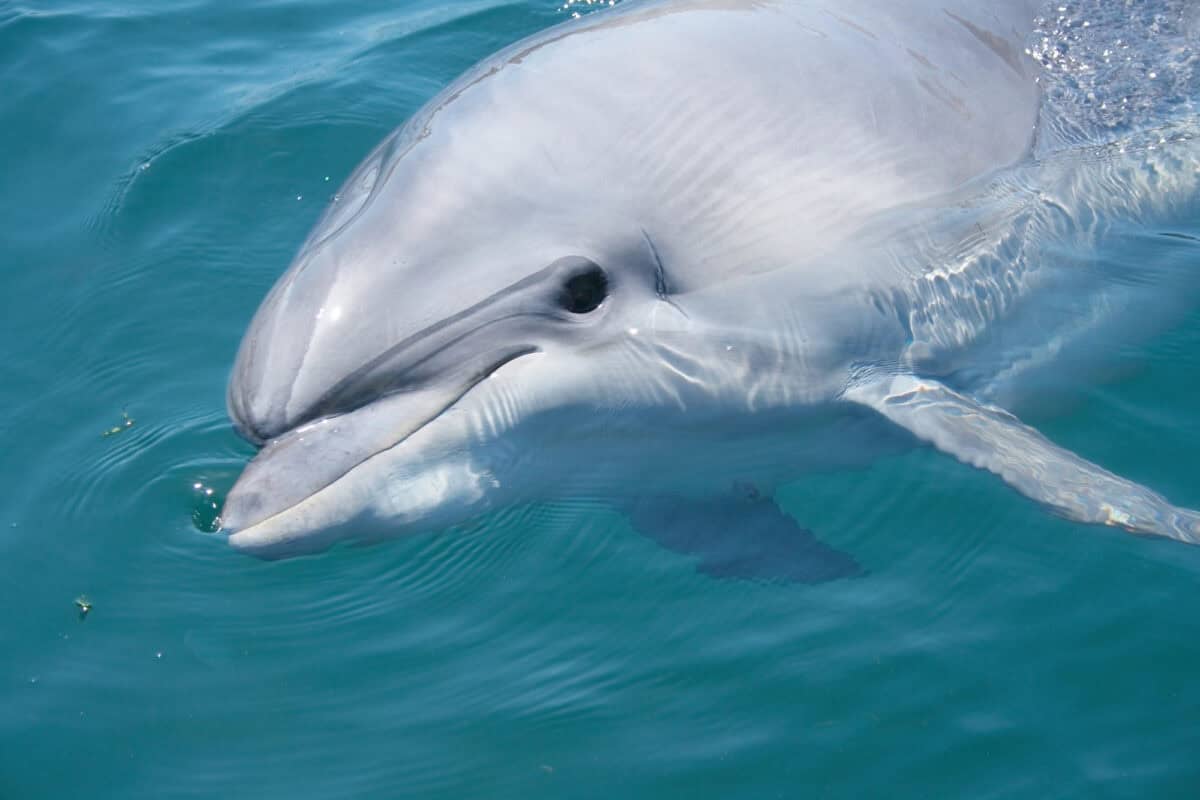
Dolphins have particularly well-studied sleep patterns that showcase the sophisticated nature of unihemispheric sleep. Bottlenose dolphins, for instance, typically sleep for periods of 4-8 hours in a 24-hour cycle, but this rest is divided between the two brain hemispheres. Researchers have observed that dolphins often swim slowly or “hang” vertically in the water during these rest periods, though they remain in constant motion. Mother dolphins and their calves face an even greater challenge during the first few weeks after birth, as newborn dolphins need to surface to breathe every few seconds. Studies have shown that both mother and calf may go without true sleep for several weeks, maintaining constant vigilance and movement while gradually transitioning to more typical sleep patterns as the calf matures. This extreme adaptation demonstrates the remarkable neurological flexibility of these marine mammals.
Whale Sleep: Giants at Rest
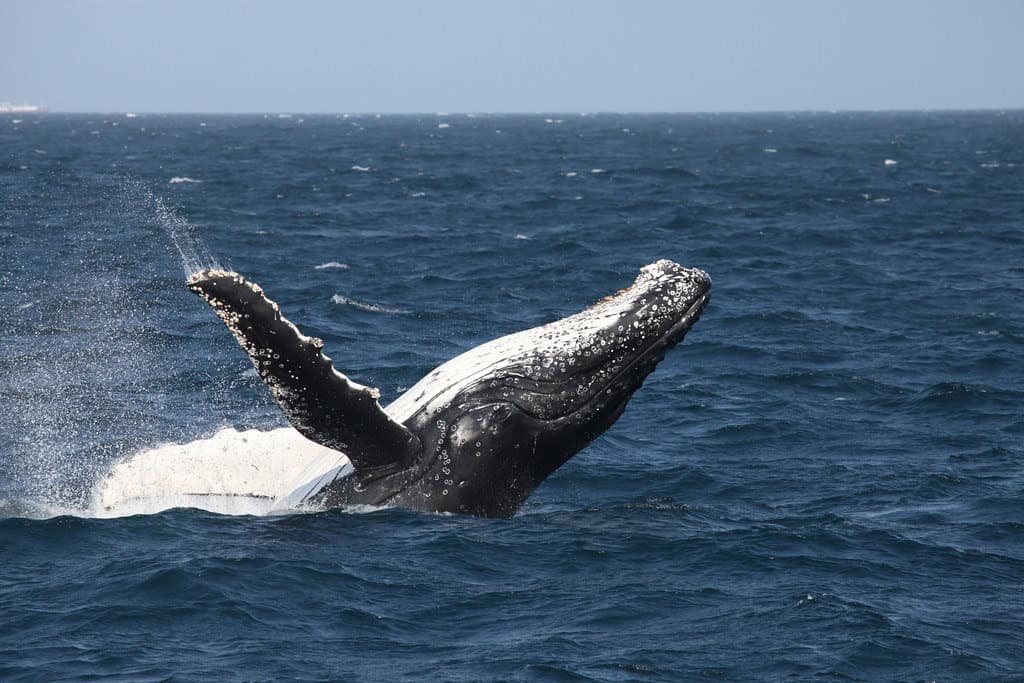
The sleep patterns of the ocean’s largest inhabitants—whales—vary significantly depending on species. Baleen whales, such as humpbacks and blue whales, have been observed in what appears to be a resting state, floating motionless near the surface or just below it. During these periods, they exhibit decreased responsiveness while still maintaining enough awareness to surface and breathe. Sperm whales have one of the most unusual sleep postures, often sleeping vertically in the water column with their heads just below the surface, a position researchers call “logging.” Some species of whales have been documented sleeping for as little as 1-2 hours per day, typically in short 10-15 minute naps, demonstrating remarkable sleep efficiency. The larger the whale, generally the less sleep it requires, possibly due to metabolic factors and reduced predation risk. Unlike smaller cetaceans, some larger whales may occasionally engage in bihemispheric sleep (sleeping with both brain hemispheres simultaneously) when in safe environments, though they never reach the deep unconscious state that land mammals experience.
Seals and Sea Lions: Amphibious Sleepers

Pinnipeds—seals, sea lions, and walruses—represent an evolutionary middle ground between fully terrestrial and fully aquatic mammals, and their sleep patterns reflect this dual lifestyle. On land, these animals can sleep like terrestrial mammals, entering bihemispheric sleep where both brain hemispheres rest simultaneously. However, when sleeping in water, many seal species revert to unihemispheric sleep similar to cetaceans. Harbor seals and sea lions have been observed “sleep swimming” in circular patterns while at aquariums, with one eye remaining open. Some species, like elephant seals, have evolved the remarkable ability to sleep during deep dives, descending to depths of hundreds of meters while in a sleep-like state. This adaptation maximizes their time efficiency, allowing them to rest while also avoiding surface predators. Studies on fur seals have demonstrated that these animals can rapidly switch between bihemispheric sleep on land and unihemispheric sleep in water, showing remarkable neurological flexibility based on their environment.
Sharks: The Perpetual Swimmers
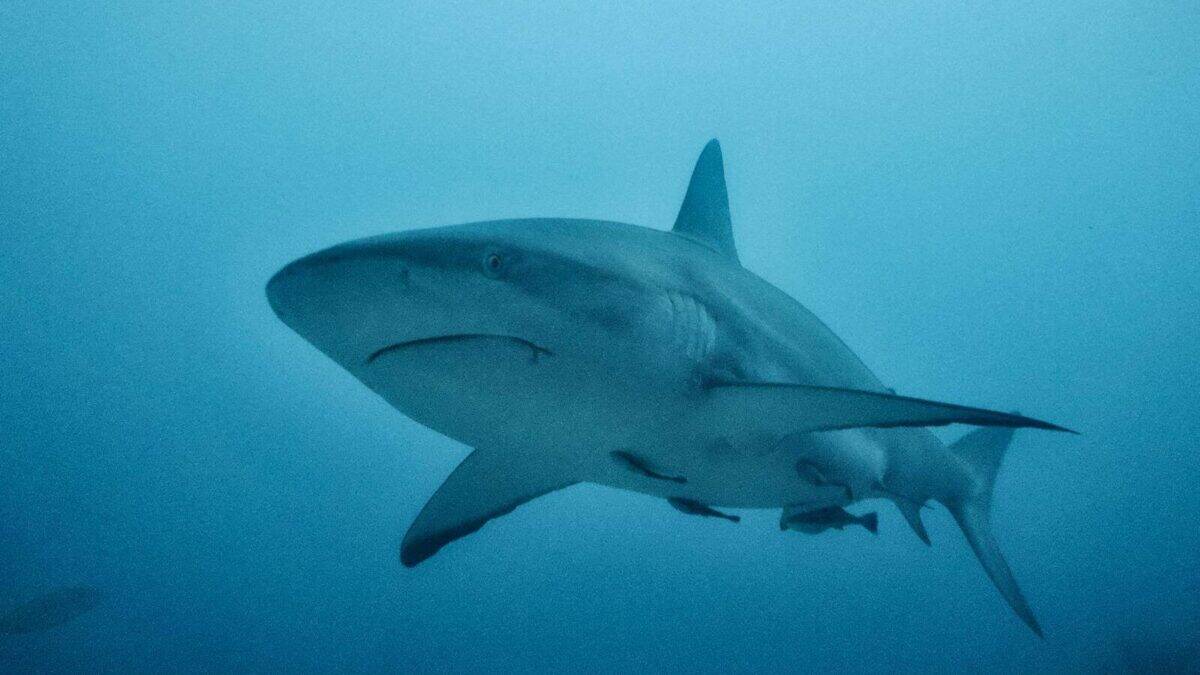
Many shark species face a different challenge altogether: they must keep water flowing over their gills to extract oxygen. Unlike some fish that can pump water through their gills while stationary, many sharks—including great whites, makos, and whale sharks—must swim continuously to breathe, a process called ram ventilation. This requirement raises the question: how do these perpetual swimmers sleep? Research indicates that sharks enter restful periods during which they remain swimming but may decrease their metabolic rate and enter a state similar to rest, though not true sleep as we understand it. Some shark species have found clever workarounds; they position themselves in areas with strong currents that push oxygenated water over their gills, allowing them to rest while still receiving oxygen. Nurse sharks and some bottom-dwelling species have specialized muscles that can pump water over their gills, allowing them to rest motionless on the sea floor for extended periods. Shark sleep remains one of the less understood aspects of marine biology, with ongoing research attempting to determine whether sharks experience anything comparable to the sleep states observed in other animals.
Fish Sleep: Diverse Approaches to Rest
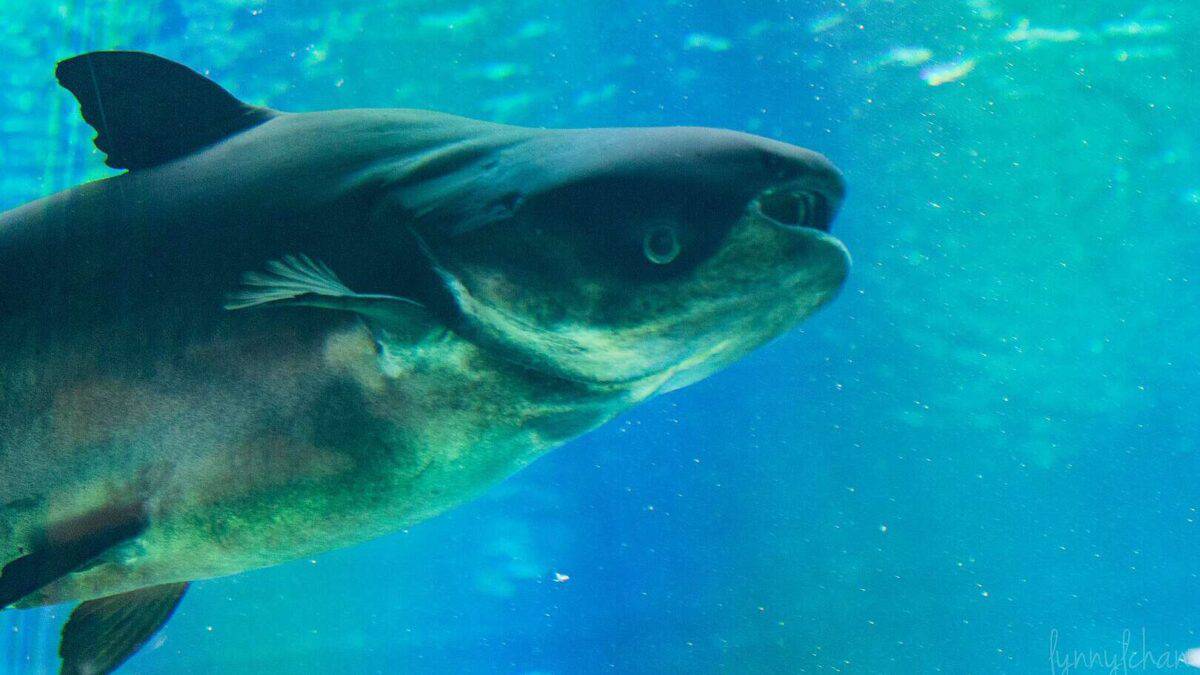
Fish demonstrate perhaps the widest variety of sleep behaviors among marine animals. Unlike mammals, fish don’t have eyelids (with a few exceptions like sharks), so their sleep isn’t immediately obvious to observers. Most fish enter a state of decreased activity and responsiveness that scientists consider analogous to sleep. Many species find secure locations like crevices in coral reefs or burrow into sand to rest. Some, like parrotfish, secrete a mucous cocoon around themselves at night, which may help mask their scent from predators. Certain species, such as some wrasses and parrotfish, lie on their sides when sleeping, while others hover in place with minimal fin movement. Interestingly, some fish species like tuna and certain mackerels must swim continuously like sharks, raising similar questions about how they rest. Research using electroencephalography (EEG) has confirmed that fish do experience neurological rest states similar to sleep, though the exact nature and function of fish sleep continues to be studied. The diversity of fish sleep adaptations reflects their incredible evolutionary adaptability to different ecological niches.
Sea Turtles: Underwater Nappers

Sea turtles have evolved an impressive ability to hold their breath for extended periods, which plays a key role in their sleeping behavior. Most sea turtle species can remain underwater for 4-7 hours while resting, depending on water temperature and their activity level. Researchers have observed green sea turtles wedging themselves under rocky outcroppings or coral ledges to sleep, providing them protection during their vulnerable resting state. Interestingly, sea turtles appear to enter a state of significantly decreased metabolism during these rest periods, reducing their oxygen consumption. In captivity, turtles have been documented remaining submerged and motionless for up to several hours, occasionally swimming to the surface for a quick breath before returning to their resting spot. Some species, like the loggerhead turtle, have been observed resting in open water, floating at the surface with their shell exposed, though this behavior may increase vulnerability to predators and boat strikes. Young sea turtles appear to sleep less than adults, possibly due to their higher metabolic rates and increased vulnerability to predation.
Marine Invertebrates: Do Octopuses Dream?
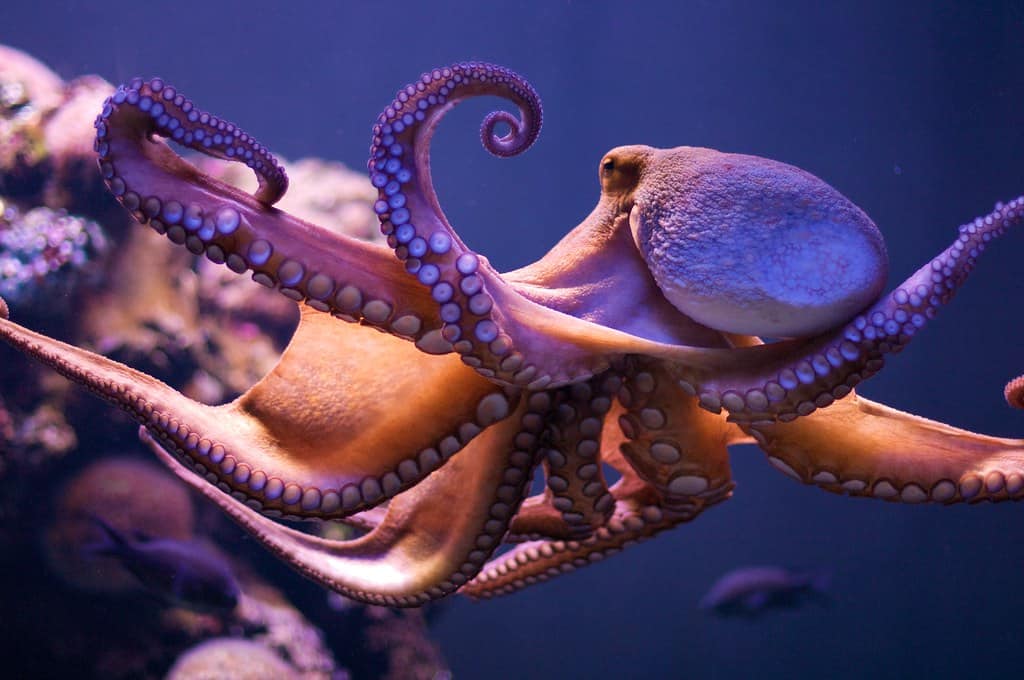
The sleep patterns of marine invertebrates remain less understood than those of vertebrates, but emerging research suggests many experience rest states analogous to sleep. Octopuses, among the most intelligent invertebrates, display distinct active and quiet periods. During rest, an octopus’s body color lightens, its eyes narrow to slits, and it becomes less responsive to minor stimuli. Studies have revealed that octopuses experience two distinct sleep states: a “quiet sleep” similar to deep sleep in mammals and an “active sleep” resembling REM sleep, complete with color changes, muscle twitches, and eye movements that suggest they might dream. Other cephalopods like cuttlefish and squid also display rhythmic rest periods. Crustaceans such as lobsters and crabs show decreased activity and responsiveness during specific times, typically hiding in crevices or burying themselves in substrate. Even simpler animals like sea anemones and corals exhibit circadian rhythms, expanding during certain periods and contracting during others in patterns that suggest primitive rest states. These observations challenge traditional notions that true sleep is limited to vertebrates and suggest that the need for rest may be a fundamental biological imperative across animal lineages.
The Evolutionary Purpose of Sleep in Marine Environments
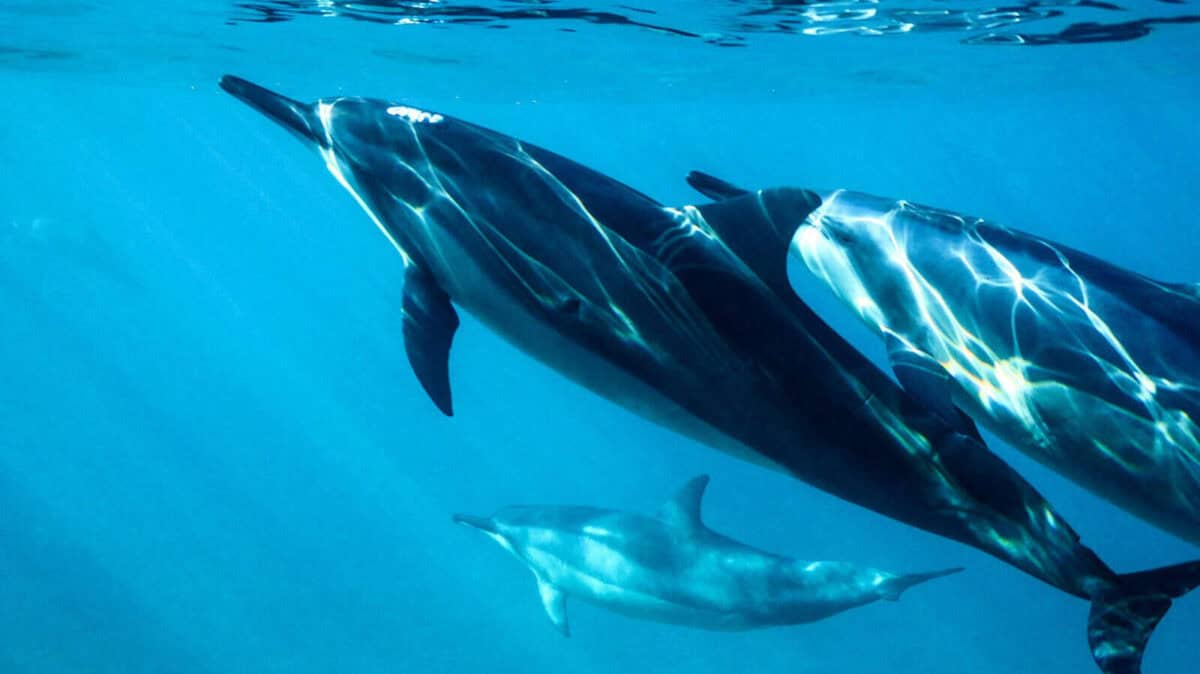
The prevalence of sleep or sleep-like states across marine species, despite the challenges of the aquatic environment, underscores the evolutionary importance of rest. Sleep serves multiple critical functions, including energy conservation, cellular repair, memory consolidation, and immune system maintenance. For marine animals, the energy savings from reduced activity during rest periods can be substantial, especially in cold waters where maintaining body temperature requires significant caloric expenditure. Sleep also provides essential time for neurological processes that maintain brain function. The fact that marine animals have evolved such diverse strategies to obtain rest while addressing the challenges of their environment suggests that the benefits of sleep outweigh the considerable costs and risks. Some researchers propose that sleep may have originally evolved in the marine environment, with land animals inheriting and adapting these rest mechanisms. The varied sleep adaptations seen across marine species also represent excellent examples of convergent evolution, where different lineages independently developed similar solutions to the common problem of obtaining rest in the challenging underwater environment.
Research Challenges and New Discoveries
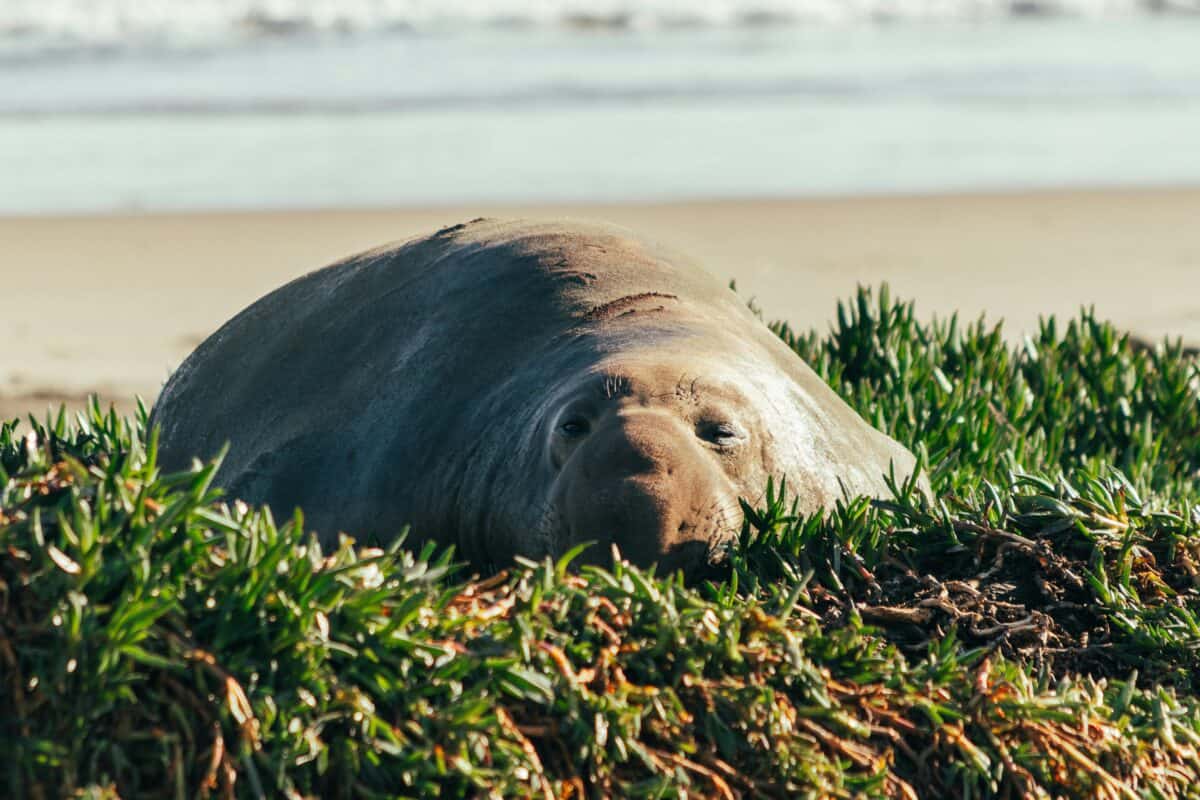
Studying how marine animals sleep presents significant methodological challenges. Traditional sleep research relies on electroencephalography (EEG) to measure brain activity, which is difficult to implement in the ocean. Consequently, researchers have developed innovative approaches, including attaching non-invasive data loggers to track movement patterns, using trained animals in controlled environments, and deploying underwater cameras for long-term behavioral monitoring. Recent technological advances have enabled remarkable new insights. For instance, scientists have now documented that sperm whales may sleep in social units, with some individuals remaining vigilant while others rest more deeply. Studies using accelerometers attached to whale sharks have revealed distinct rest periods with minimal movement, challenging previous assumptions about obligate swimming. Researchers studying dolphins have discovered that captive animals can develop different sleep patterns than their wild counterparts, suggesting environmental factors influence sleep behavior. The field continues to evolve rapidly, with new technologies like underwater drones and improved biochemical markers of sleep providing unprecedented windows into the resting behaviors of marine creatures in their natural habitats.
Sleep Disruption: Human Impacts on Marine Sleep
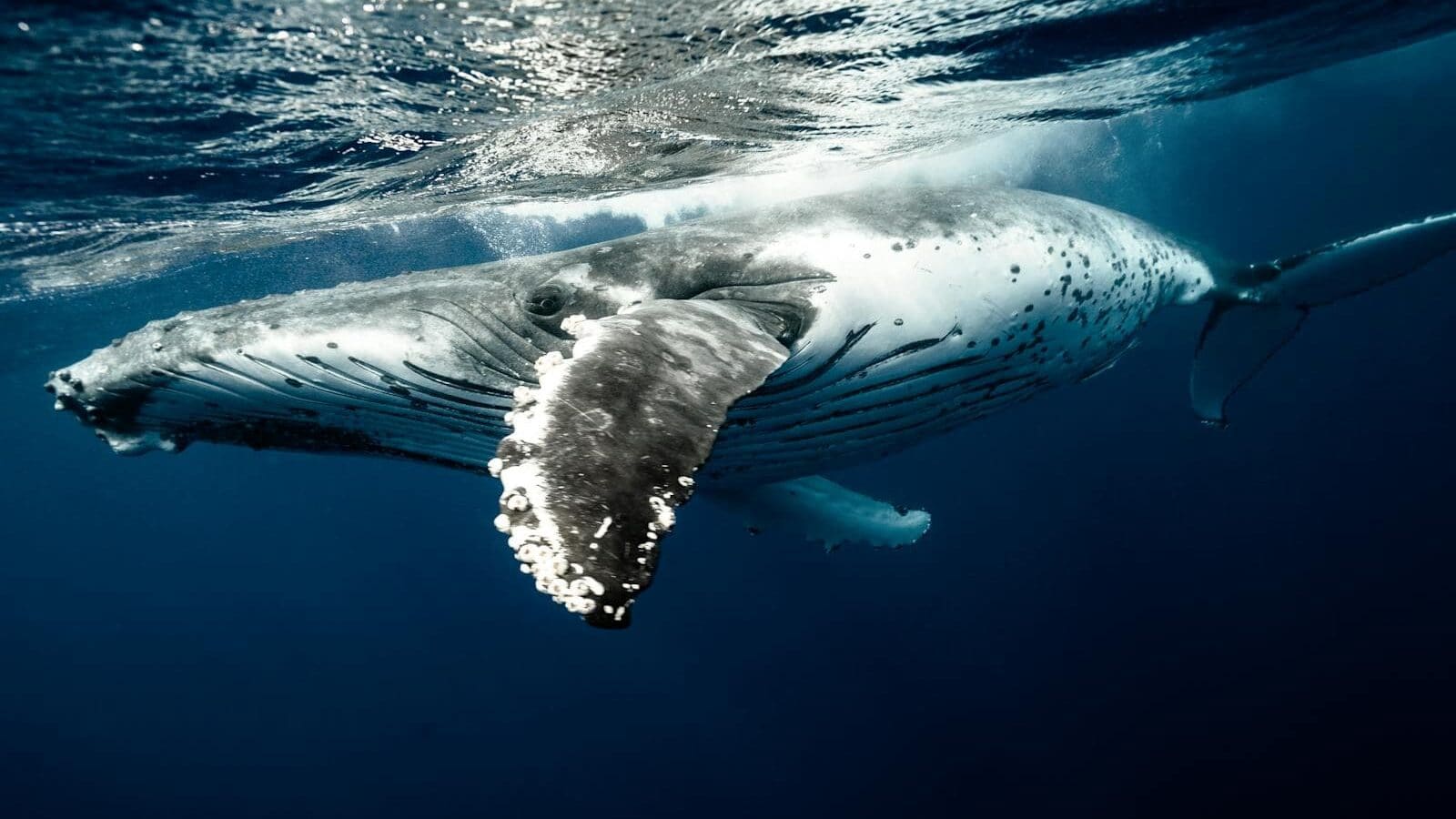
As human activity in the oceans increases, there is growing concern about how anthropogenic factors may disrupt the sleep patterns of marine animals. Noise pollution from shipping, sonar, and offshore construction creates a constant underwater din that may prevent animals from entering restful states. Studies have shown that exposure to boat noise can increase stress hormones in fish and may disrupt the circadian rhythms that govern sleep-wake cycles. Light pollution from coastal development and offshore structures can similarly affect species that rely on natural light cues to regulate their rest periods. Climate change presents additional challenges, as rising ocean temperatures can alter metabolic rates and consequently sleep requirements. For animals like sea turtles that rest on beaches, coastal development and human presence may reduce available safe resting areas. Marine mammals in areas with heavy boat traffic may experience sleep fragmentation similar to humans with sleep disorders, potentially leading to chronic stress and immune system suppression. Understanding these impacts is crucial for developing effective conservation strategies that consider the sleep needs of marine species alongside other biological requirements.
Conclusion: The Marvels of Marine Sleep
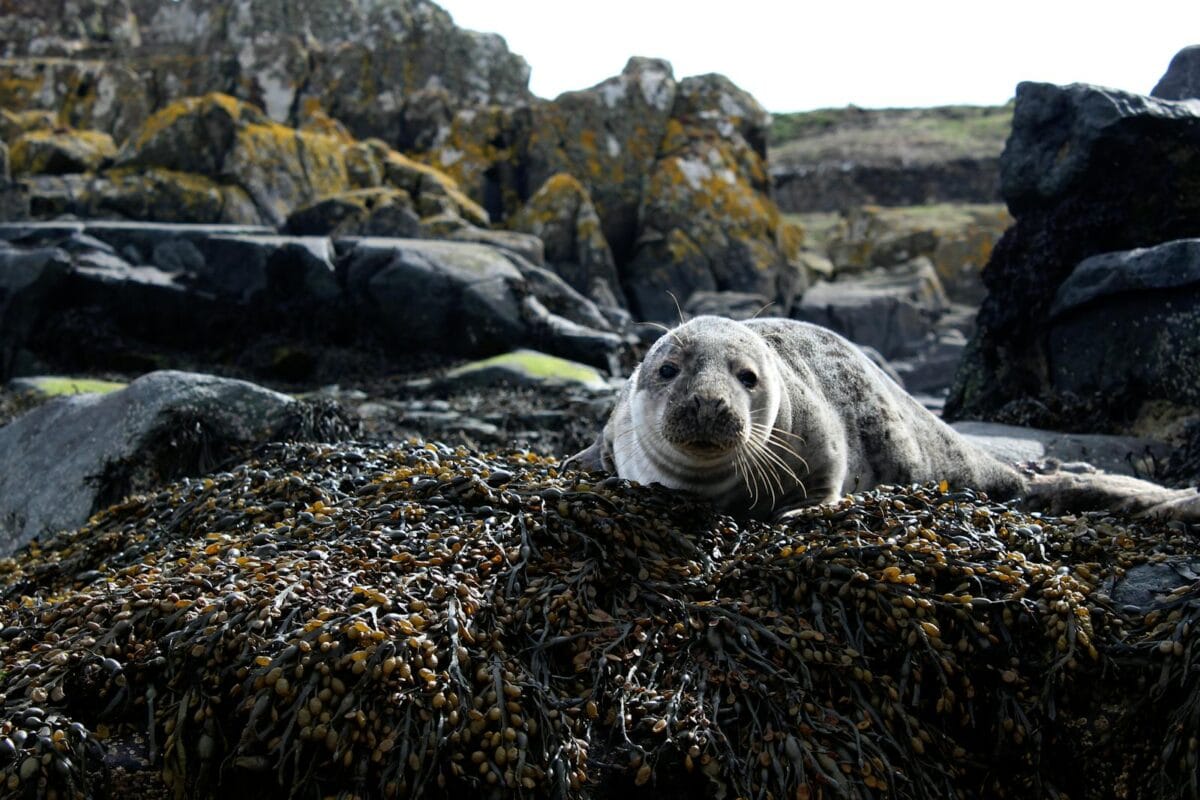
The diverse ways in which marine animals have solved the challenge of sleeping without drowning stand as remarkable testaments to evolutionary ingenuity. From the half-brain slumber of dolphins to the vertical rest positions of sperm whales, from sharks that never fully stop swimming to octopuses that potentially dream, the underwater world has developed an extraordinary array of strategies to balance the fundamental need for rest with the constant requirements of aquatic life. These adaptations not only showcase the incredible diversity of marine life but also highlight the universal importance of sleep across the animal kingdom. As our understanding of marine sleep continues to deepen through new research technologies and approaches, we gain not only scientific knowledge but also a greater appreciation for the complex inner lives of the creatures that inhabit our oceans. Perhaps most importantly, recognizing the sleep needs of marine animals adds another crucial dimension to conservation efforts, reminding us that protecting ocean habitats means ensuring that all creatures can not only feed, reproduce, and migrate—but also rest in peace.
- Small but Mighty Horses Showing the Magic of Miniature Breeds - August 12, 2025
- These 15 Dogs Will Stick by Your Side No Matter What - August 12, 2025
- Seabiscuit: The Little Horse That Could Defy the Odds and Inspire a Nation - August 12, 2025

